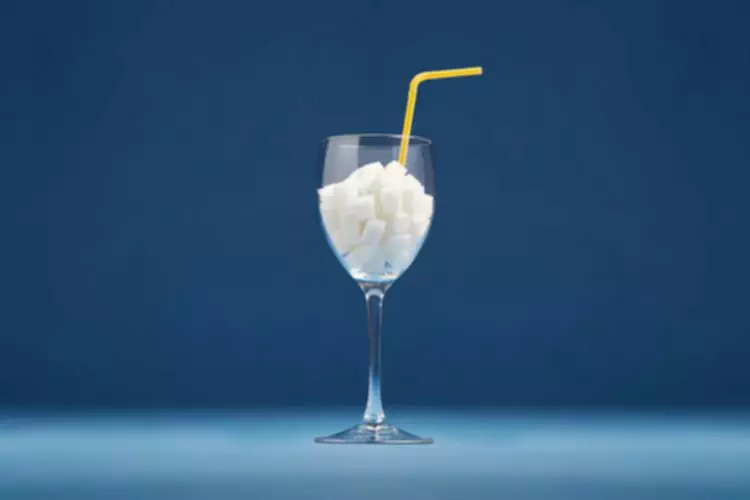The Neuroscience of Drug Reward and Addiction PMC

The pathways to addiction can be difficult to understand, because substance abuse, as a result of the intense burst of pleasure it brings, rapidly rewires the circuitry of the brain to become highly efficient at drug wanting and seeking. But, unlike in disease, the brain changes that occur in addiction are not a malfunction of biology. Rather, the changes reflect the brain’s normal processes of changeability—called neuroplasticity—its capacity to change in response to every-day experience, which is the basis of all learning. Unlike other organs, the brain is designed to change, because its mission is to keep us alive, and in order to safeguard us, it needs to be able to detect and respond to the ever-changing dynamics of the real world.
- Compared to adults, neurogenesis in the dentate gyrus of the hippocampus was found to be reduced in adolescent exposed mice (Bromodeoxyuridine levels) [65] and rats (doublecortin levels) [133].
- If the cell is flooded with too much neurotransmitter, an elegant “control” system is normally activated so that the cell reabsorbs the excess for later use.
- Conversely, other recent data suggest a lower risk for dementia in people consuming a few alcoholic beverages a day.
- Taken together, it is clear that the teratogenic effects of alcohol on brain structure are widespread and can be seen across the spectrum of FASD.
Ethanol metabolism

This is commonly called “craving.” Craving has been difficult to measure in human studies and often does not directly link with relapse. To understand how addictive substances affect the brain, it is important to first understand the basic biology of healthy brain function. Within the brain, a mix of chemical and electrical processes controls the body’s most basic functions, like breathing and digestion. These processes also control how people react to the multitudes of sounds, smells, and other sensory stimuli around them, and they organize and direct individuals’ highest thinking and emotive powers so that they can interact with other people, carry out daily activities, and make complex decisions.
Effects of Drug Addiction on an Unborn Child
It can lead to Wernicke-Korsakoff syndrome (WKS), which is marked by amnesia, extreme confusion and eyesight issues. While neuroplasticity is the great liberator of the mind, allows people to learn languages and remember birthdays, and fuels the imagination, it has a dark side. The capacity for neuroplasticity, however, also enables the brain to rewire itself more normally once drug usage is https://ecosoberhouse.com/article/alcohol-poisoning-signs-and-symptoms/ stopped. But the disease model also wrongly suggests that the brain changes in addiction are permanent and that addiction is a chronic condition, that those who are addicted are unable to overcome it by themselves, and that relapse is an ever-present danger even to the recovered. For those reasons and others, the disease model of addiction, while well-intentioned, is highly controversial.
- Drug addiction is a treatable, chronic medical disease that involves complex interactions between a person’s environment, brain circuits, genetics, and life experiences.
- These studies focused on mostly non-dependent users and studied different outcomes, including cognitive biases and implicit and explicit alcohol-related cognitions.
- For clinical research-specific definitions, see also the Clinical Research Glossary developed by the Multi-Regional Clinical Trials (MRCT) Center of Brigham and Women’s Hospital and Harvard and the Clinical Data Interchange Standards Consortium (CDISC).
- Thankfully, the tools available to modern neuroscientists have enabled examination of ethanol effects at multiple levels.
How Does Heavy Drinking Affect the Brain Long-Term?
Detaching with love can help us cope with a loved one who is struggling with addiction and still nurture our own well-being. This activity provides 0.75 CME/CE credits for physicians, physician assistants, nurses, pharmacists, and psychologists, as well as other healthcare professionals whose licensing boards accept APA or AMA credits. Pleasurable experience, a burst of dopamine signals that something important is happening that needs to be remembered. This dopamine signal causes changes in neural connectivity that make it easier to repeat the activity again and again without thinking about it, leading to the formation of habits. If you drink for long periods of time, it can cause depression, and when you abruptly stop drinking, it can cause anxiety,” says Dr. Anand.
What parts of the brain are affected by drug use?
The neurotransmitter dopamine is often called “the pleasure molecule,” but it is more correctly defined as a chemical that underlies motivation. Rooke and Hine [164] found evidence for age-related differences in implicit and explicit alcohol cognitions and their relationship with binge drinking. Using a teen-parent dyad design, adolescents (13–19 yrs) showed stronger memory associations in an associative phrase completion task and more positive explicit alcohol expectancies than adults.

Thus, the net effect of acute ethanol is to inhibit MSN output from associative striatum while disinhibiting output from sensorimotor striatum. These striatal subregions are part of larger circuits that control goal-directed, conscious actions (the associative circuit) and habitual, unconscious actions (the sensorimotor circuit). The combination of associative circuit inhibition and sensorimotor circuit activation could help to promote the learning and performance of habitual actions. Short- and long-term ethanol consumption reduces GABAergic synaptic responses in sensorimotor regions and exacerbates the imbalance in the output of associative and sensorimotor circuits (Cuzon Carlson et al., 2011; Wilcox et al., 2014) (Figure 3S). While much of the past focus has been on ethanol effects on molecules and synapses, there has been increasing realization that these targets must be considered in the context of micro- and larger circuits.
- For example, some people with substance use disorders are particularly vulnerable to stress-induced relapse, but others may be more likely to resume substance use after being exposed to drug-related cues.
- These effects are found in prefrontal, cingulate, and temporal regions as well as the corpus callosum and may reflect an acceleration of typical age-related developmental processes similar to what we have described in adults with alcohol dependence.
- Examples of indirect targets are highlighted in this and later sections of the review.
- In an acute sense, consumption of alcohol can lead to uninhibited behavior, sedation, lapses in judgment, and impairments in motor function.
- For example, the approval of peers positively reinforces substance use for some people.
Conversely, microglial activation and neurodegeneration were clearly shown in rats exposed to intermittent alcohol treatment [91]. Indeed two-photon microscopy has been used to demonstrate the rapid response of microglia to even single acute alcohol exposure [92]. Microglial activation has also been investigated in response to heavy session intermittent drinking in rodents [93]. It has been suggested that peripheral inflammation could be caused by stimulation alcoohol is better than drugs of systemic monocytes and macrophages or by causing gastrointestinal mucosal injury [93]. This innate response was linked to the perpetuation of the immune cascade via microglial activation which produces neuroinflammation [94] this, in turn has been shown to affect cognitive function [93]. Initial transcriptome studies indicated that alcohol increased levels of TSPO (18 kDa translocator protein, that is upregulated in activated microglia).